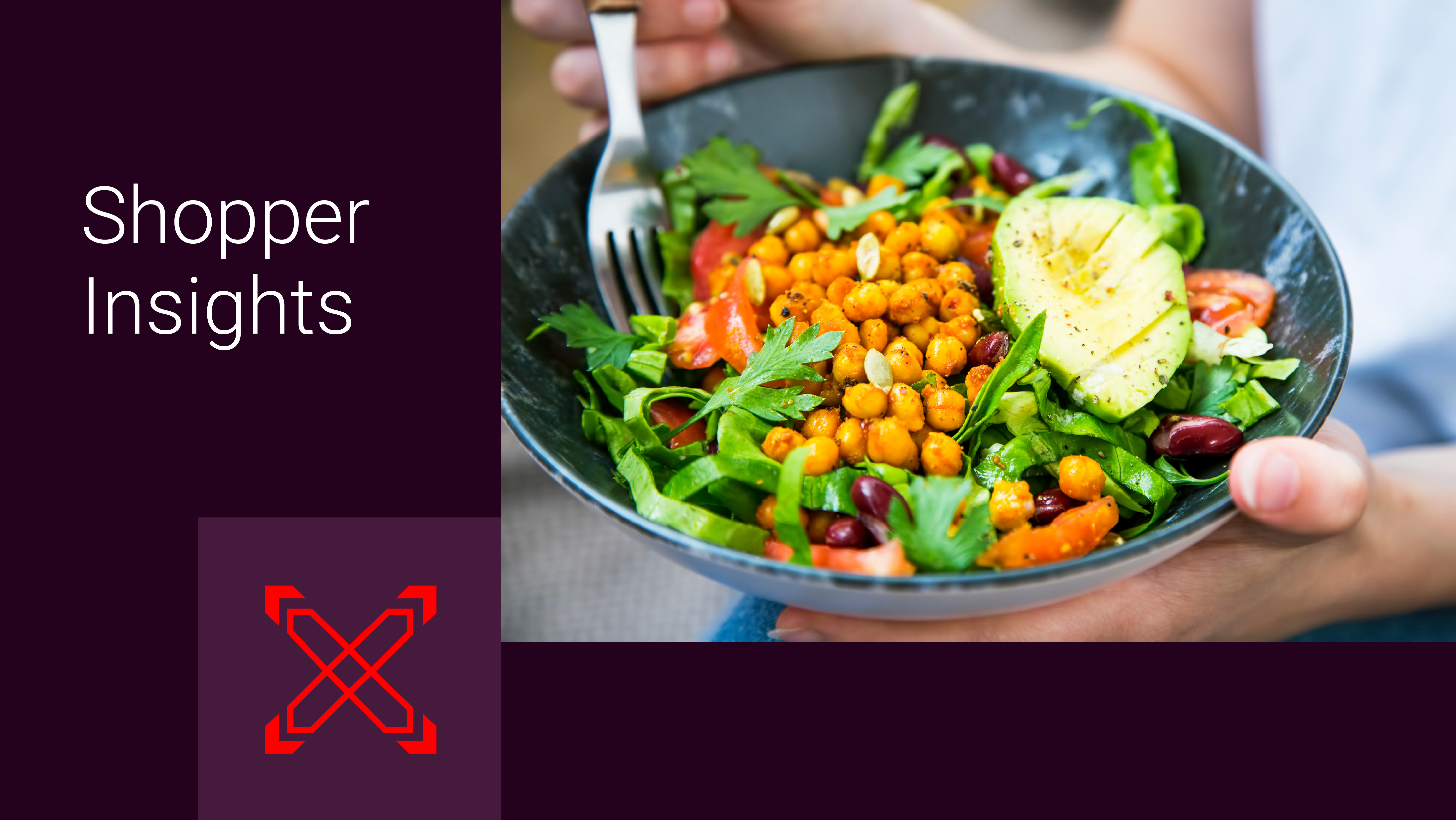As consumers increasingly prioritize their health, natural and organic products are emerging as powerful growth drivers across all channels. A recent Acosta Group natural and organic study reflects that 75% of all shoppers purchased at least one natural or organic product in the six months prior to the survey, with 59% responding that they think it’s important that their groceries and/or household products are natural and/or organic. The study, conducted with Acosta Group’s proprietary U.S. Shopper Community, identifies several key learnings to support additional category growth just in time for Expo West.
“Our natural and organic shopper study reflects opportunities for brands and retailers to build increased shopper trust, loyalty, and sales,” said Kathy Risch, SVP, Thought Leadership and Shopper Insights, Acosta Group. “Three key learnings include the growing role of natural and organic products for consumers, especially related to health, the value of product placement in the natural channel, and the need for education on the definition and benefits of natural and organic products.”
Natural and organic products align with consumer health goals
In its recent 2025 consumer predictions, Acosta Group stated that empowered shoppers will drive change in health and wellness and individualized health management is on the rise. This new study confirms that the primary driver for natural and organic product sales is a prioritization of health, as the overall category continues to grow.
- 58% of shoppers purchase natural and/or organic products because they “are better for them” (healthier) and they “tend to have fewer synthetic chemicals and additives”
- Younger consumers are even more likely to be natural and organic shoppers, with 89% of Gen Z and 85% of Millennials reporting they have shopped for natural and organic products in the prior six months
- Shoppers report purchasing more natural (23%) and organic (22%) products in the prior six months
- The “food as medicine” movement is expected to gain traction
Sales for these products are projected to grow 5% across all channels, to $348B by 2028, according to New Hope Network Industry Projections and SPINS. Of note, as consumers are shopping more natural and organic products, conventional shopping has not been negatively impacted, with natural and organic shoppers saying that half of their carts consist of conventional products.
“The natural and organic shopper is now considered mainstream,” said Andrew Fleming, SVP, Impact Natural, a division of Acosta sales agency offering deep expertise in natural and organic brands and retailers. “To drive expanded sales for brands and retailers, we need to highlight the specific health benefits of natural and organic products, paying special attention to Millennials and households with children.”
Natural channel product placement adds value
The new Acosta Group study outlines the value of prioritizing placement of natural and organic products in natural stores, while maintaining a presence across other retail channels.
- Seeing a brand in natural stores boosts perception of that brand for 53% of natural channel shoppers and 37% of all shoppers
- 82% of natural channel shoppers strongly agree that natural stores offer the best selection, 71% believe the quality of products is superior in these stores, and 66% believe the associates are better suited to assist with questions
Interestingly, natural and organic shoppers shop at a broader range of channels than conventional shoppers, primarily mass merchandisers, traditional grocery, and warehouse/club. These shoppers are also five times more likely to shop at farmers markets, three times more likely to shop online, and two-and-a-half times more likely to shop at convenience stores.
“Emerging and established brands benefit from natural channel distribution, which elevates brand perception and trust,” said Fleming. “Distribution across other retail channels ensures that all natural and organic shopper needs are met.”
Education on natural and organic products is critical
The new study finds that shoppers today have no more clarity on the differentiation of “natural” and “organic” than they did when surveyed in 2022. And while the industry defines the terms separately, there is no difference to many shoppers, leading to confusion on product benefits and misperceptions regarding taste and price.
- 40% of all shoppers believe natural and organic mean the same thing or are unsure of the difference, increasing to 50% for conventional shoppers
- Confusion contributes to 18% of conventional shoppers not purchasing natural and organic products because they don’t know enough about the difference
- 72% of conventional shoppers cite affordability as the No. 1 reason for not purchasing natural or organic in the prior six months
- Natural and organic shoppers have a positive perception of product taste, while conventional shoppers do not
“This is the time for natural and organic brands and retailers to build direct connections with consumers, informing them of the facts and benefits of the products, dispelling misperceptions, and driving trial and loyalty,” said John Carroll, President, Digital Commerce and Advanced Analytics, Acosta Group.
“We know from our studies that transparency is highly important to health-conscious consumers who no longer trust brand marketing messaging they believe is healthwashed,” said Carroll. “Shoppers are turning to digital tools and online communities to gather product information.”
Consumers discover new items most frequently via social media, friends or family (52%), and search engines (43%). After discovering a new item, most shoppers (57%) look for more information and availability via search engines.
“To educate consumers, we need to develop customized messaging for target audiences, implementing a toolkit of retail media, product detail page (PDP) content management, and in-store strategies to create an informative, seamless experience,” said Carroll. “We know that consumers are willing to pay more when they understand the benefits and value of natural and organic products, and they are looking for trusted resources to gain product knowledge.”
Shopper research for this study was conducted Oct. 18-29, 2024, with 1,521 shoppers, members of the company’s proprietary Shopper Community. The Acosta Group Shopper Community is comprised of over 40,000 demographically diverse shoppers across the U.S. and is the company’s proprietary community for survey engagement.











